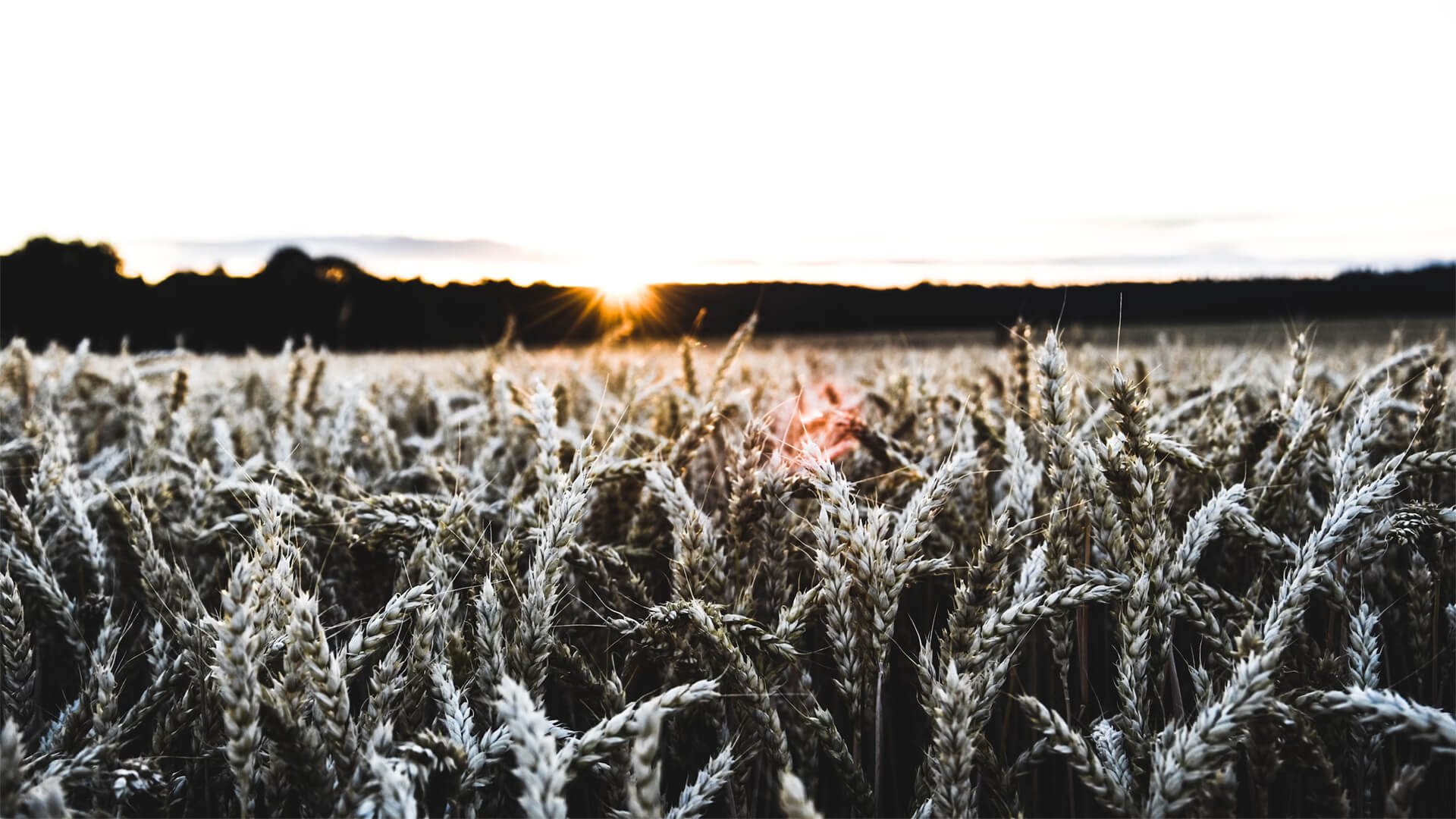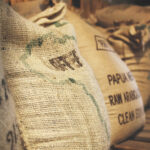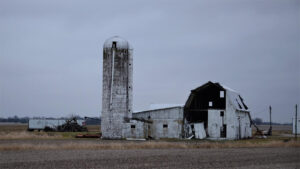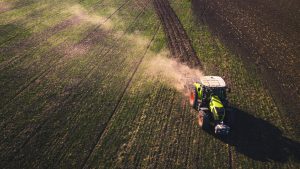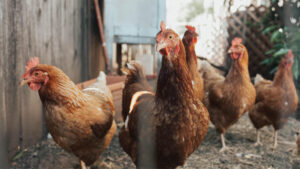Although climate change models are still evolving, historical climate data shows a clear warming trend. So, let’s discuss the impacts of climate change, specifically who will be affected the most and who might even benefit from it.
When you think of climate change, think of it as an amplification of current conditions. So, hot and dry areas will likely become hotter and drier. Hot and humid regions are likely to get even wetter and face severe health risks. Agricultural zones in marginal climates will suffer the most, especially those dependent on wheat.
Speaking of wheat – humanity’s primary calorie source – you might want to enjoy that cinnamon roll and pasta while you have the chance…Okay, maybe that’s a bit dramatic, but you can expect production to decline and prices to soar. This will especially impact places like the American Great Plains, central Argentina, the Russian wheat belt, and northern China.
However, regions with dual wind streams are poised to do pretty well amidst the warming climate. Think of zones like the American South and Midwest, parts of Argentina, Uruguay, northwestern Europe, and New Zealand. Unfortunately for the Chinese, their agricultural regions are particularly vulnerable, which will lead to severe food shortages and famine.
Here at Zeihan On Geopolitics we select a single charity to sponsor. We have two criteria:
First, we look across the world and use our skill sets to identify where the needs are most acute. Second, we look for an institution with preexisting networks for both materials gathering and aid distribution. That way we know every cent of our donation is not simply going directly to where help is needed most, but our donations serve as a force multiplier for a system already in existence. Then we give what we can.
Today, our chosen charity is a group called Medshare, which provides emergency medical services to communities in need, with a very heavy emphasis on locations facing acute crises. Medshare operates right in the thick of it. Until future notice, every cent we earn from every book we sell in every format through every retailer is going to Medshare’s Ukraine fund.
And then there’s you.
Our newsletters and videologues are not only free, they will always be free. We also will never share your contact information with anyone. All we ask is that if you find one of our releases in any way useful, that you make a donation to Medshare. Over one third of Ukraine’s pre-war population has either been forced from their homes, kidnapped and shipped to Russia, or is trying to survive in occupied lands. This is our way to help who we can. Please, join us.
Transcript
Hey everybody, Peter Zeihan here, coming to you from Blue Lake at the border between Yosemite National Park and the Ansel Adams Wilderness. That’s the Pinnacles behind me, and let me tell you, the hike up here was quite the challenge! Today, we’re tackling a question from the Ask Peter forum: with climate change, where are we going to feel it first? Who’s going to be hit the hardest, and is there anyone who might actually benefit?
First off, let’s remember that our understanding of climate change is still developing. Yes, there are plenty of smart people studying it, but when it comes to understanding how the atmosphere works on a global scale, we’re learning as we go. I find it most reliable to look at the past rather than just the projections. We have over a century of climate data from most locations, tracking temperature, wind, and precipitation. If you look at what’s happened over the last 140 years or so since industrialization began, there’s been a clear uptick in temperatures.
By the time my fourth book, The End of the World Is Just the Beginning, was published, that temperature increase was 1.1°C over the entire period. In the last few years, it’s ticked up to 1.2°C. This doesn’t just mean that the world is getting warmer; it’s getting warmer in different areas at different rates. One key thing to remember about precipitation is that while warmer air can hold more moisture, it also requires more moisture before precipitation occurs. So, hot and dry areas are getting drier, and wet and hot areas are getting wetter.
As long as you have electricity, a degree Celsius isn’t a big deal. Take the United States, for example—back in the 1930s and 40s, Florida and Iowa had similar populations. Now, Florida’s population is about eight times that of Iowa, thanks to air conditioning and reliable electricity. But I’m more concerned about two specific regions.
First, the developing world areas that are already hot and humid, like Brazil, the northern coast of South America, sub-Saharan Africa, Southeast Asia, and the Indian subcontinent. These regions are already very wet, humid, and hot, and adding even a little more heat could be a serious health risk.
The second area of concern is agricultural zones that are already hot and dry. Agriculture tends to be concentrated in regions where specific crops grow best—avocados in California, wine in southern France, and so on. Wheat is the exception because it’s essentially a weed and will grow almost anywhere. As the world has diversified its agricultural production and globalization has spread crops globally, wheat has steadily been pushed to the margins, except in places like northern France, Quebec, and parts of Pakistan and India where it’s tied to cultural or food security.
Wheat is now grown in cold and dry or hot and dry regions like the American Great Plains, central Argentina, the Russian wheat belt, and northern China. This means that when climate change starts reducing moisture in these areas, wheat production will collapse, and prices will skyrocket. And since wheat has been humanity’s number one calorie source for millennia, this is a big deal.
But it’s not all doom and gloom—some places might actually benefit. Regions that receive moisture from two different wind streams, like the Gulf Stream and the monsoons, are less likely to suffer catastrophic crop failures because both wind systems are unlikely to fail in the same year. This is good news for the American South, the American Midwest, northern Argentina, Uruguay, northwestern Europe (especially the UK and France), and New Zealand.
However, most of the world relies on a single wind current, so even minor climate changes could have outsized impacts on agriculture, especially wheat.
Now, on my way down from the hike, it hit me that there’s a country out there with both monsoonal and jetstream moisture, and that’s not necessarily a good thing. In the American Midwest, both hit the same region, but in China, the monsoon affects the southern rice belt, while the west-east jetstream waters the northern wheat zone. This is bad news for China. Everything I said about wheat applies, but it gets worse because rice requires meticulous water management—flooding and draining the fields multiple times. If rain comes at the wrong time, the entire crop can be lost. So, no matter how climate change unfolds in the next few decades, we can be sure that hundreds of millions of Chinese people will be at risk of starvation.
Alright, now I’m really done. See you next time!

